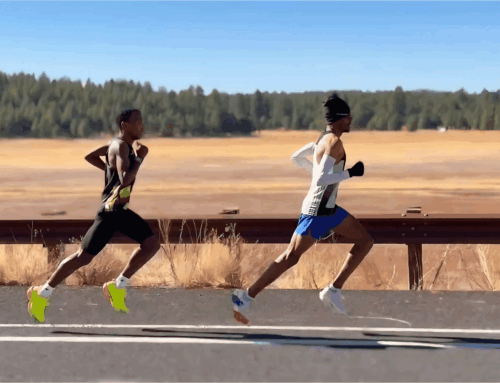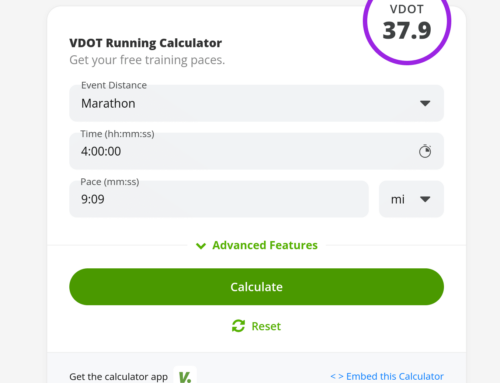[Editor’s Note: Many runners and coaches have heard that a stride rate of 180 steps per minute is a proper cadence and that comes from Dr. Jack Daniels observing/counting the steps of elite runners in the 1984 Olympics. Some get fixated on hitting a rate of 180 but there are so many variables in terms of speed, goals, and the running background of the individual. The main point gets lost and that’s reducing landing shock to help prevent injuries and avoid overstriding. If you read Jack’s book, Daniels’ Running Formula, the section title in Chapter 5 illustrates this point, “Stride Rate: A Step In The Right Direction”]

When I have new runners count their own stride rates, I find that very few take as many as 180 steps per minute. In fact, some turn over as slowly as 160 times per minute. The main disadvantage of this slower turnover is that the slower you take steps, the longer you spend in the air, and the longer you’re in the air, the higher you displace your body mass and the harder you hit the ground on landing. When you consider that many running injuries are the result of landing shock, it’s not surprising that experienced runners tend to turnover faster than beginner runners.
If a group of beginners were required to start running 100 miles per week, two things would probably occur: Many runners would hurt themselves, and many who didn’t get hurt would adjust to taking quicker, lighter steps. I try to save runners a lot of grief by encouraging them to convert to a stride rate associated with less landing shock and more efficient use of energy.
Several studies have been conducted on the energy demands of different stride frequencies, and it turns out that experienced runners are most efficient at their chosen rate of turnover; longer or shorter strides (which mean slower or faster stride rates) result in greater energy demands. However, when working with less-experienced runners, running economy can often be improved by converting slow-turnover runners into runners who use a faster rate.
Become a faster runner using the VDOT training methodology.




